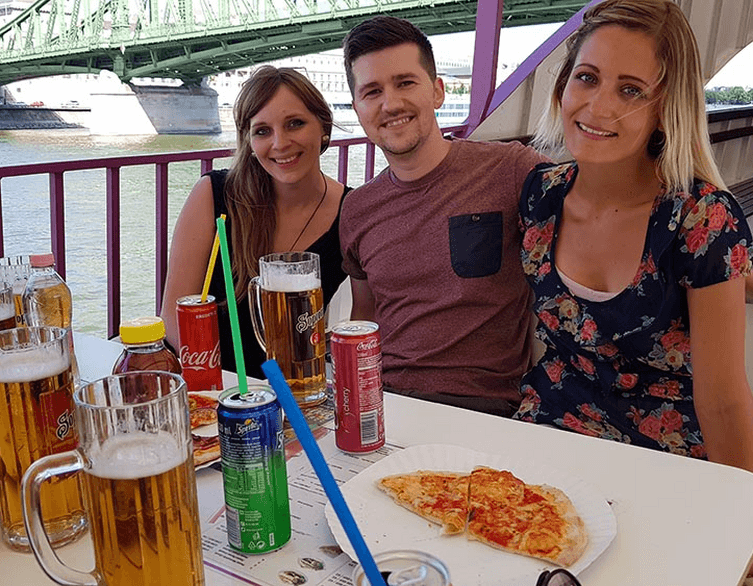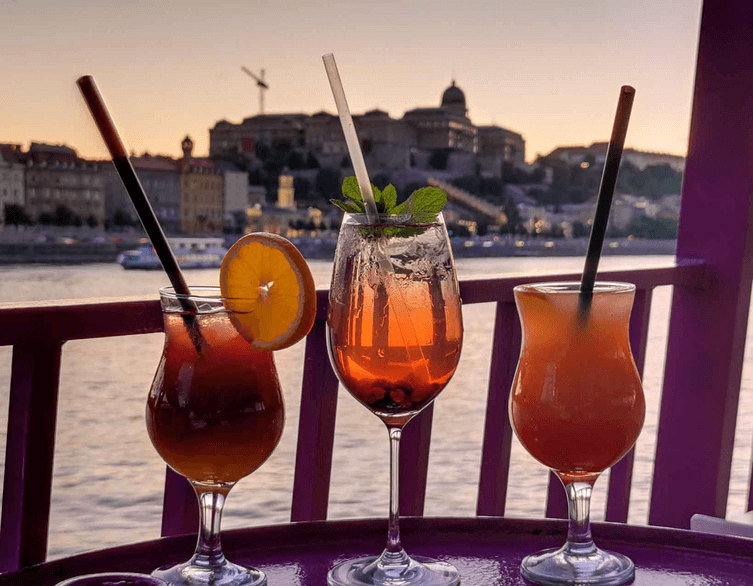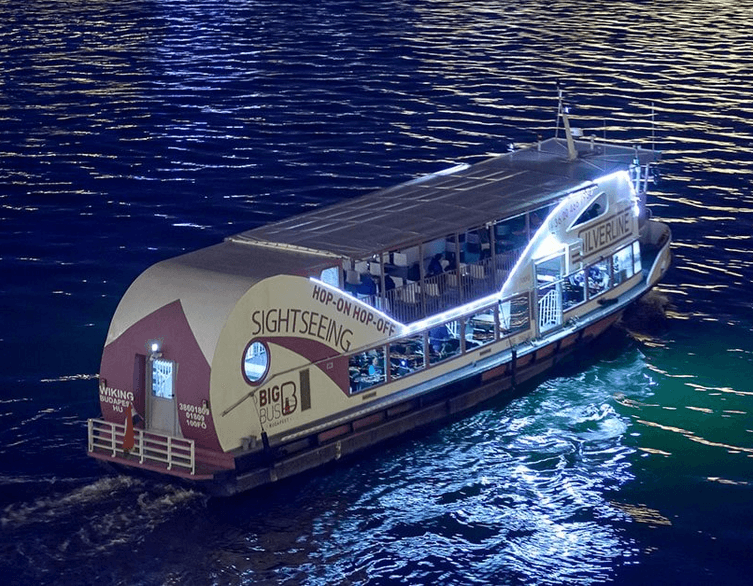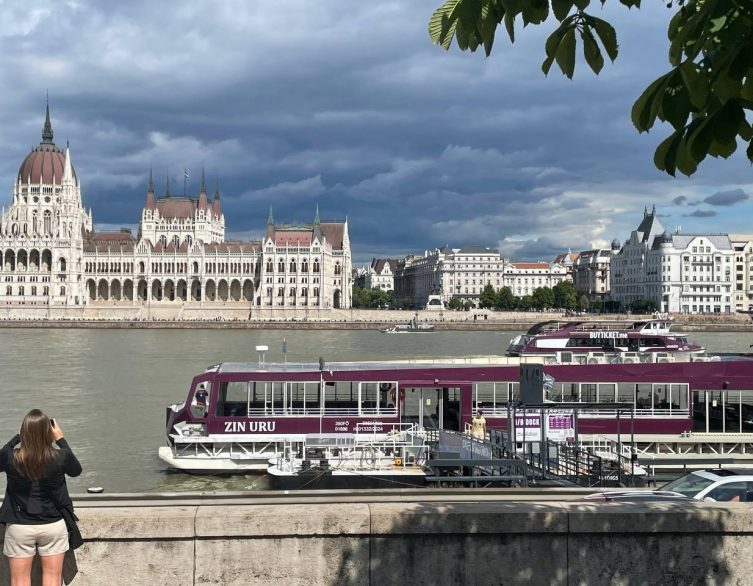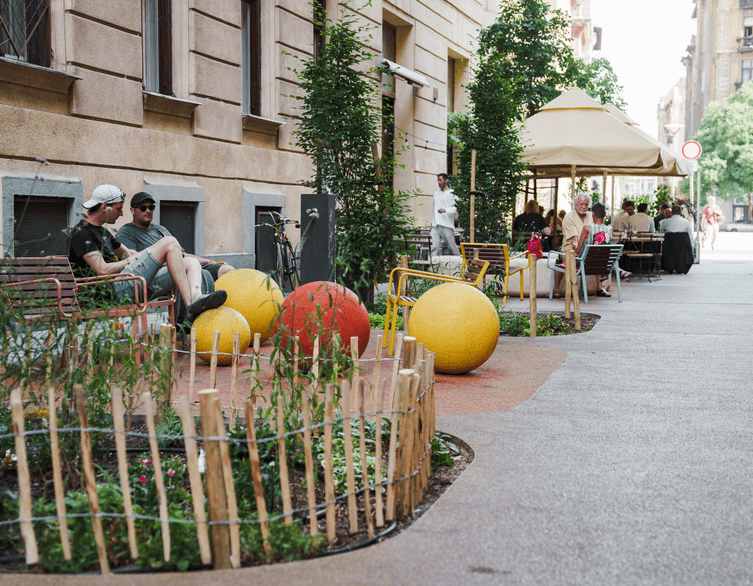Budapest’s Healthy Streets Transformation: Visual Plans Revealed for 11 Districts’ €62 Million Makeover
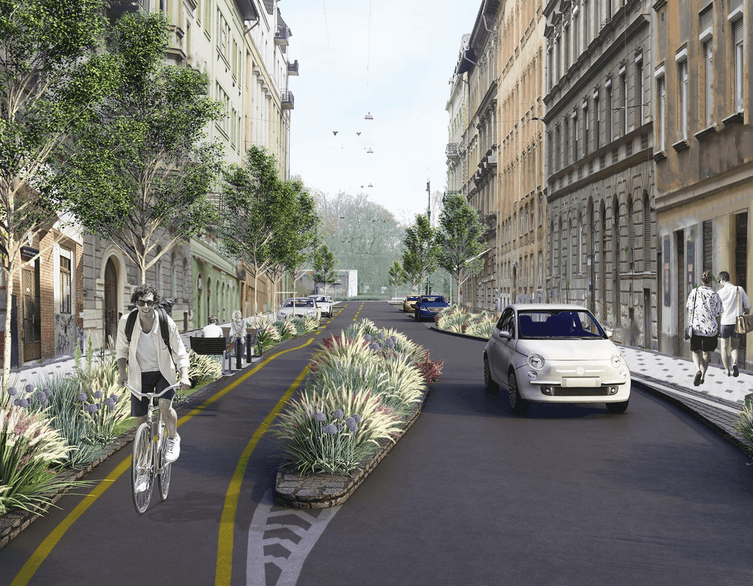
Budapest is embarking on its most ambitious urban renewal project in decades, with the launch of the groundbreaking Healthy Streets program. This comprehensive initiative, valued at 25 billion Hungarian forints (approximately €62 million), will transform neighborhoods across the Hungarian capital into cleaner, greener, and more pedestrian-friendly spaces by 2029.
A New Vision for Urban Living in Budapest
The Healthy Streets program represents a fundamental shift in how Budapest approaches urban planning and public space design. Drawing inspiration from Lucy Saunders’ internationally acclaimed methodology first implemented in London, this initiative aims to create streets that prioritize human health, environmental sustainability, and quality of life over traditional car-centric design.
For visitors to Budapest, this transformation promises to enhance the city’s already impressive walkability and cycling infrastructure, making it even more enjoyable to explore the Hungarian capital on foot or by bicycle. The program’s comprehensive approach addresses everything from air quality and noise reduction to the creation of shaded areas and comfortable resting spots throughout the city.
Understanding the Healthy Streets Concept
The Healthy Streets methodology evaluates urban spaces based on ten key criteria that measure how human-centered a street truly is. These include pedestrian and cyclist friendliness, accessibility for all users, clean air quality, safety, noise protection, the presence of shade and shelter, availability of resting places, and opportunities for social interaction and activities.
This holistic approach recognizes that street design has a profound impact on public health and well-being. When streets are designed with people rather than cars as the primary consideration, they encourage physical activity, reduce pollution exposure, and create more vibrant community spaces where residents and visitors alike can thrive.
Proven Success Stories Across Budapest
The program builds on several successful pilot projects that have already transformed parts of Budapest. The Bacsó Béla Street in the 8th district serves as an excellent example of what’s possible when streets are reimagined as community spaces. This once-busy thoroughfare now features comfortable seating, public water fountains, and green spaces where people can pause, meet friends, or simply enjoy a moment of tranquility despite being steps away from the bustling Rákóczi Square.
Similarly, the Déri Miksa Street has become a green promenade in the Market Quarter, showcasing parallel parking arrangements, abundant greenery, and frequent bicycle parking facilities. The street demonstrates how thoughtful design can create orderly, attractive urban environments that serve multiple functions simultaneously.
The Szeszgyár Street project illustrates the program’s commitment to all age groups, featuring innovative street-level playgrounds with climbing walls and nest swings that transform ordinary streets into engaging spaces for families and children.
Comprehensive Neighborhood Transformations Ahead
The expanded Healthy Streets program will touch virtually every district in Budapest, with carefully selected projects that address each neighborhood’s specific needs and characteristics. The 11th district will see the transformation of Budafoki Road between Szent Gellért Square and Karinthy Frigyes Road, representing the program’s largest single investment at 2.4 billion forints.
In the historic 7th district, three major streets – Dembinszky, Wesselényi, and Dohány – will undergo complete renovations that will enhance their pedestrian appeal while preserving their unique character. These improvements will be particularly beneficial for tourists exploring the Jewish Quarter and its surrounding areas.
The 8th district, building on its early success with pilot projects, will expand its healthy streets network with renovations to Práter Street, Német Street, and Dankó Street. These improvements will create continuous corridors of pedestrian and cyclist-friendly infrastructure throughout one of Budapest’s most culturally rich neighborhoods.
Detailed District Improvements for Visitors
Third District Transformation
The Hunor Street project, valued at 1.495 billion forints, will showcase the program’s comprehensive approach to urban renewal. Visitors exploring Óbuda will encounter completely renewed road surfaces and sidewalks with barrier-free access, enhanced safety for pedestrians and cyclists, expanded green spaces with tree-lined streets and rain gardens, and modern stormwater management systems.
The area will also feature informational panels and pavement elements highlighting historical heritage, making it particularly appealing for culturally-interested tourists. Smart city elements including air quality sensors and digital information displays will provide real-time environmental data and visitor information.
Sixth District Enhancement
The Eötvös Street project between Szondi and Podmaniczky streets represents a 598-million-forint investment in creating what locals call the “Shady Eötvös Street.” This transformation will create a tree-lined boulevard with 12 soil-connected trees, green islands with perennial plants, widened sidewalks, and bicycle parking facilities.
For tourists staying in the Terézváros area, this improvement will provide a more pleasant walking environment between major attractions, with the preserved basalt elements adding character while modern design enhances functionality.
Best deals of Budapest
Seventh District Jewish Quarter Improvements
The Jewish Quarter, already a major tourist destination, will benefit from three major street renovations totaling over 2.4 billion forints. The Dembinszky Street project will plant 37 trees and expand green space from 25 to 470 square meters, creating a much more pleasant environment for exploring this historically significant neighborhood.
The Wesselényi Street transformation will be particularly dramatic, with 43 new trees and green space expansion from 75 to 835 square meters. The creation of 30-40 square meter green islands will fundamentally change the streetscape, making it more comfortable for tourists visiting the area’s famous ruin pubs and cultural sites.
The Dohány Street section, near the Great Synagogue, will see 33 new trees planted and green space increased to 460 square meters. These improvements will enhance the experience of visiting one of Europe’s largest synagogues and the surrounding Jewish heritage sites.
Eighth District Cultural Corridor
The Práter Street renovation will transform this currently poor-condition area into a green corridor with shrubs, perennial plants, and 31 urban-tolerant trees. The wide, comfortable pedestrian promenade will allow shops to extend outdoor seating, creating a more vibrant street life that benefits both residents and tourists exploring the area’s cultural offerings.
The Német Street project focuses on creating a pedestrian-friendly, safe environment around the Németh László Elementary School while connecting Rákóczi Square to Horváth Mihály Square. The German Street renovation will feature calmed traffic, two-way cycling infrastructure, and extensive tree planting.
The Dankó Street transformation will create a safe, tree-lined route between Mátyás Square and Kálvária Square, serving as both a comfortable pedestrian environment and cycling route through this culturally rich district.
Environmental and Health Benefits for Everyone
The program’s environmental impact extends far beyond aesthetic improvements. By reducing car traffic in residential areas, increasing green spaces, and planting new tree lines, the Healthy Streets initiative will contribute significantly to Budapest’s climate resilience and air quality improvement.
The inclusion of public drinking fountains, comfortable seating, and shaded areas addresses the practical needs of both residents and tourists, particularly important as climate change brings more frequent extreme weather events to Central Europe. These amenities make it more comfortable and safe for people of all ages to spend time outdoors and choose walking or cycling over driving.
Expert Collaboration and Quality Assurance
The program’s success relies on collaboration between multiple expert bodies and community organizations. The evaluation process involved representatives from the Budapest Transport Center, the Ministry of Construction and Transport’s Green Infrastructure planning committee, cycling planning experts, and Budapest’s chief architect and landscape architect.
Professional organizations including the Hungarian Cycling Club and the Hungarian Association of Landscape Architects provided technical expertise to ensure that each project meets international best practices while addressing local needs and conditions.
A Model for Sustainable Urban Development
Budapest’s Healthy Streets program represents more than just infrastructure improvement – it’s a comprehensive approach to creating a more livable, sustainable urban environment that benefits both residents and the millions of tourists who visit the city each year.
The program’s emphasis on accessibility ensures that improvements serve everyone, from families with young children to elderly residents and people with disabilities. This inclusive approach to urban design makes Budapest more welcoming and navigable for international visitors who may be unfamiliar with the city.
Timeline and Future Prospects
With implementation scheduled through 2029, visitors to Budapest over the next several years will witness the city’s ongoing transformation. Early projects are already underway, with many scheduled for completion within the next two years. This gradual rollout means that tourists can experience both the historic charm of traditional Budapest neighborhoods and the innovative design of the city’s newest public spaces.
The program’s success could position Budapest as a leading example of sustainable urban development in Central and Eastern Europe, potentially influencing similar initiatives across the region. For tourists interested in urban planning and sustainable city design, Budapest’s Healthy Streets program offers a fascinating real-time case study in urban transformation.
Experiencing the New Budapest
As these improvements roll out across the city, visitors will find Budapest increasingly easy and pleasant to explore on foot or by bicycle. The enhanced green infrastructure, improved safety measures, and increased availability of public amenities will make extended walking tours more comfortable and enjoyable.
The program’s focus on creating spaces where “everyone feels at home” aligns perfectly with Budapest’s reputation as one of Europe’s most welcoming cities for international visitors. As the Healthy Streets program continues to transform Budapest’s urban landscape, it promises to enhance the city’s appeal as a destination that successfully balances historical preservation with innovative, forward-thinking urban design.
Related news



